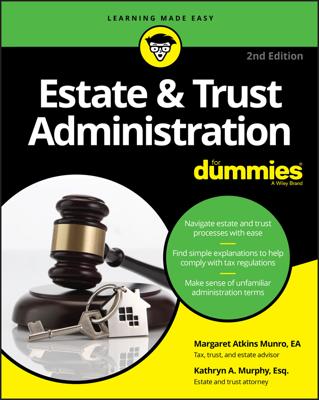An estate administrator should report assets like mortgages, cash, and promissory notes on Schedule C: Mortgages, Notes, and Cash when filing tax Form 706. When preparing Schedule C, be sure to include all pertinent information for each asset you list. Cash assets should be listed separately on the schedule from any cash still in the decedent’s accounts. Don’t forget to report any contracts that the decedent had to sell land.
Schedule C reports assets, not debts. Any mortgages or notes listed here are amounts owed to the decedent, not owed by him or her. The following assets should be listed on the schedule in this order:
Mortgages and notes payable to the decedent, not by the decedent. In describing the mortgage, include the face value, unpaid balance, date of mortgage, name of maker, property mortgaged, date of maturity, interest rate, and interest date.
Promissory notes. Report and describe them in the same manner as mortgages.
Contracts by the decedent to sell land
When listing contracts that the decedent had to sell land, make sure that you include any information relevant to the contract including:
Name of the purchaser
Contract date
Property description
Sales price
Initial payment
Amounts of the installment payments
Unpaid balance of the principal
Interest rate
Cash. When reporting any cash in the decedent’s possession, list it separately from cash in bank accounts. Aggregate all the actual cash you find. It’s not necessary to list separately the cash in the bureau, the cash under the bed, and the cash hidden behind the fireplace.
Cash in banks, savings and loan associations, credit unions, and all other financial organizations.
Remember to describe each account you list. Include the name and address of the financial organization, the amount in the account, the accrued interest, and the serial or account number. Also, explain what kind of account you’re listing (checking, savings, certificate of deposit).
For checking accounts, be sure to report the amount left in the account after you account for any checks outstanding at the date of death. To obtain the date-of-death balances, including accrued interest, send a letter to each financial institution requesting the information. Retain the response from each institution for your files.

